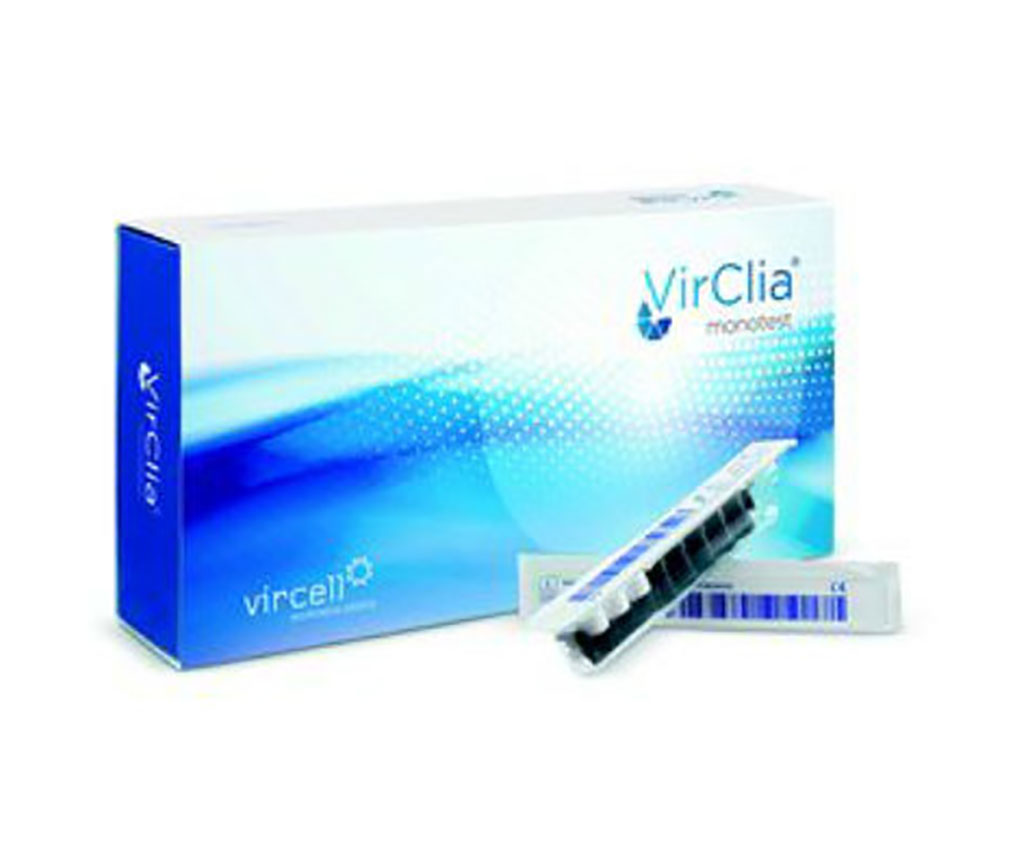Vircell’s Monotest Responds to New Diagnostic Needs for Testing Patients at Risk of Invasive AspergillosisBy HospiMedica International staff writers[12 Nov 2020]  |
|
| A new monotest using chemiluminescence developed by Vircell S.L. (Granada, Spain) could respond to the new diagnostic needs for testing individual samples immediately of patients at risk of invasive aspergillosis, without the need for batching, cumulating samples or sending out to an external laboratory. Aspergillus sp. is one of the most ubiquitous of the airborne saprophytic fungi. With the increase in the number of immune-suppressed patients, there has been a dramatic increase in severe and usually fatal invasive aspergillosis or invasive candidiasis, now one of the most common mold infections worldwide. Invasive Aspergillus Infection (IAI) is an important life-threatening infection in immune-compromised patients, especially those with prolonged neutropenia, allogeneic hematopoietic stem cell transplant (HSCT) and solid organ transplant (SOT). In immune-competent hosts, IAI is involved in chronic obstructive pulmonary, Large Burned patients, cirrhosis, corticosteroid treatment, most of them located in Intensive Care Units. Diagnosis of IAI by conventional culture-based methods show clear deficiencies especially in sensitivity and speed: Confirmation with culture occurs in less than 50% of cases due to the frequent negative results of blood cultures and the difficulty of obtaining deep tissue samples or fluids ordinarily sterile. The availability of effective antifungal agents determines the need for rapid and accurate diagnosis. Therefore, it is essential to implement the diagnosis of invasive mycosis with non-culture-based techniques among which biomarkers are already an essential part. Currently, the most commonly biomarker used in the case of Aspergillus is the Galactomannan. Galactomannan is a useful diagnostic test for the investigation of invasive aspergillosis in patients with a suggestive clinic. It can be done not only in blood but also in CSF, BAL or peritoneal fluid. Its systematic and periodic use is not recommended in non-symptomatic hematological patients who have been receiving antifungal prophylaxis. However, the format currently marketed by a microtiter plate capture ELISA makes it very difficult to use the test with only one or a few samples. The ELISA method is useful when studying a large number of patients at risk of invasive aspergillosis in a systematic way. New formats are now needed to facilitate its use with a single sample. These new systems must be able to quantify the fungal load and be easy to carry out. One model would be the new immunochromatography based on “Lateral Flow”, which is a very simple, but difficult to quantify technique. Now, the VirClia ASPERGILLUS GALACTOMANNAN AG, a new monotest using chemiluminescence developed by Vircell, could respond to these new diagnostic needs for testing individual samples immediately, without the need for batching, cumulating samples or sending out to an external laboratory. The VirClia ASPERGILLUS GALACTOMANNAN AG has been successfully evaluated internally and externally against a commercially available ELISA reference assay. The VirClia Galactomannan assay showed a 91% correlation with the Platelia Galactomannan (Bio-Rad). As mentioned by the authors in their conclusions, “Both tests showed concordant results in 91% of the cases. Virclia was more convenient for rapid detection of GLM and proved more sensitive for the detection of cases of Invasive Aspergillosis when results were discordant.” |
|